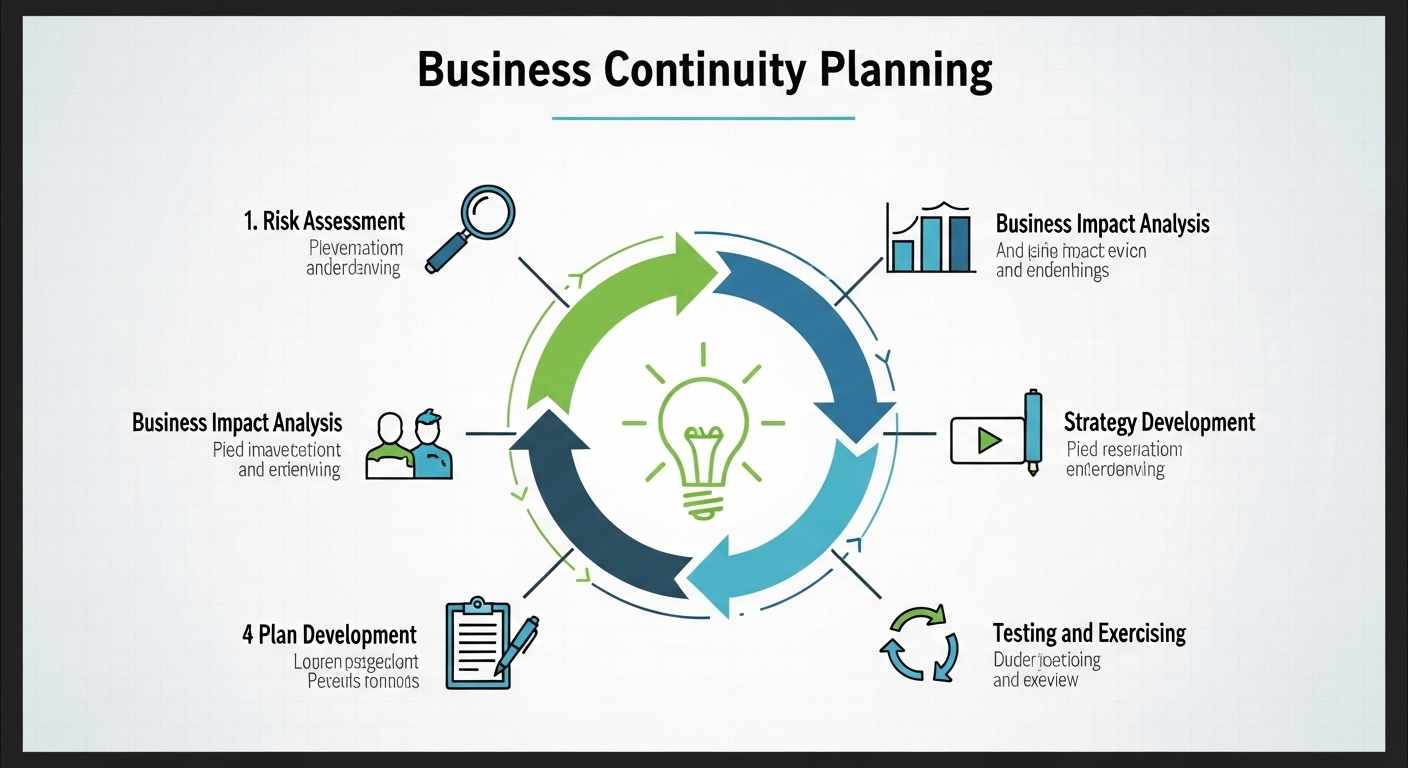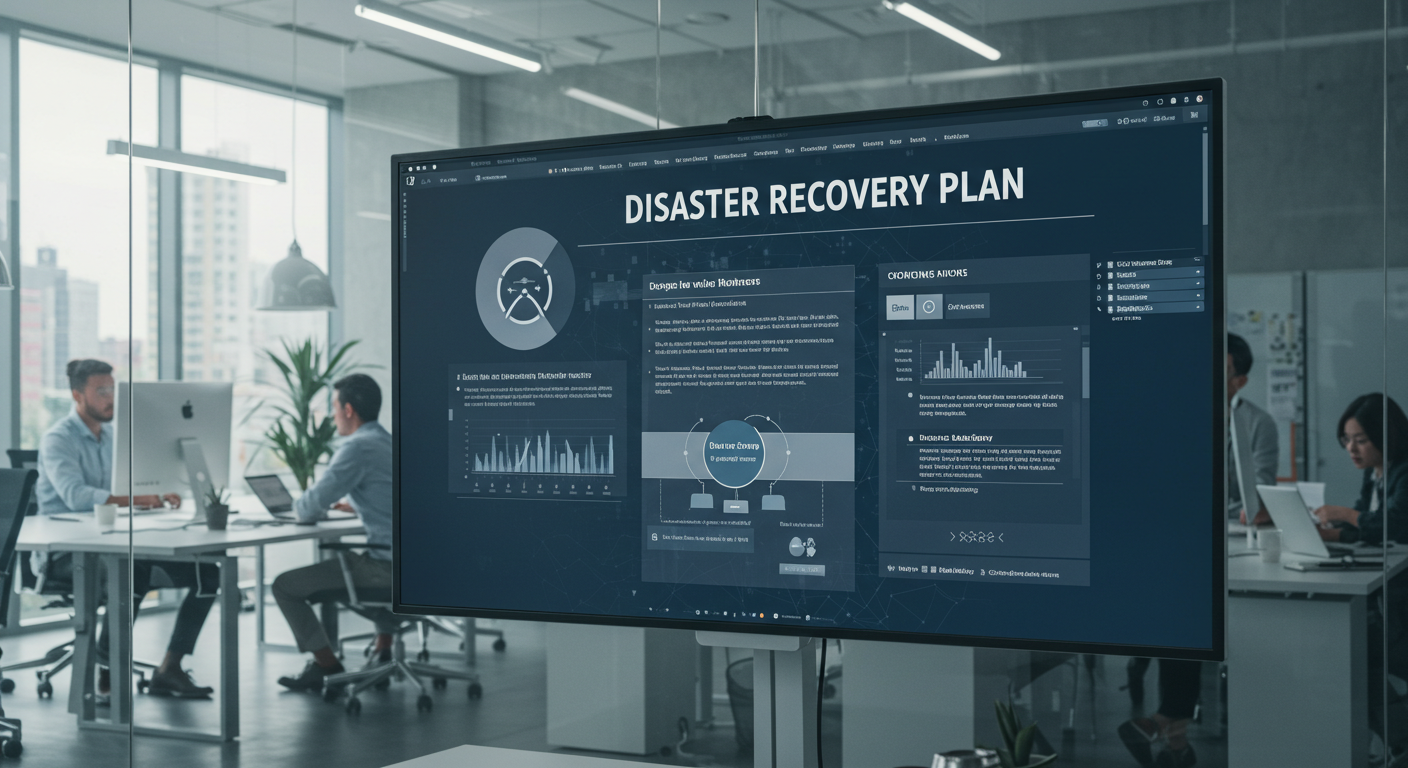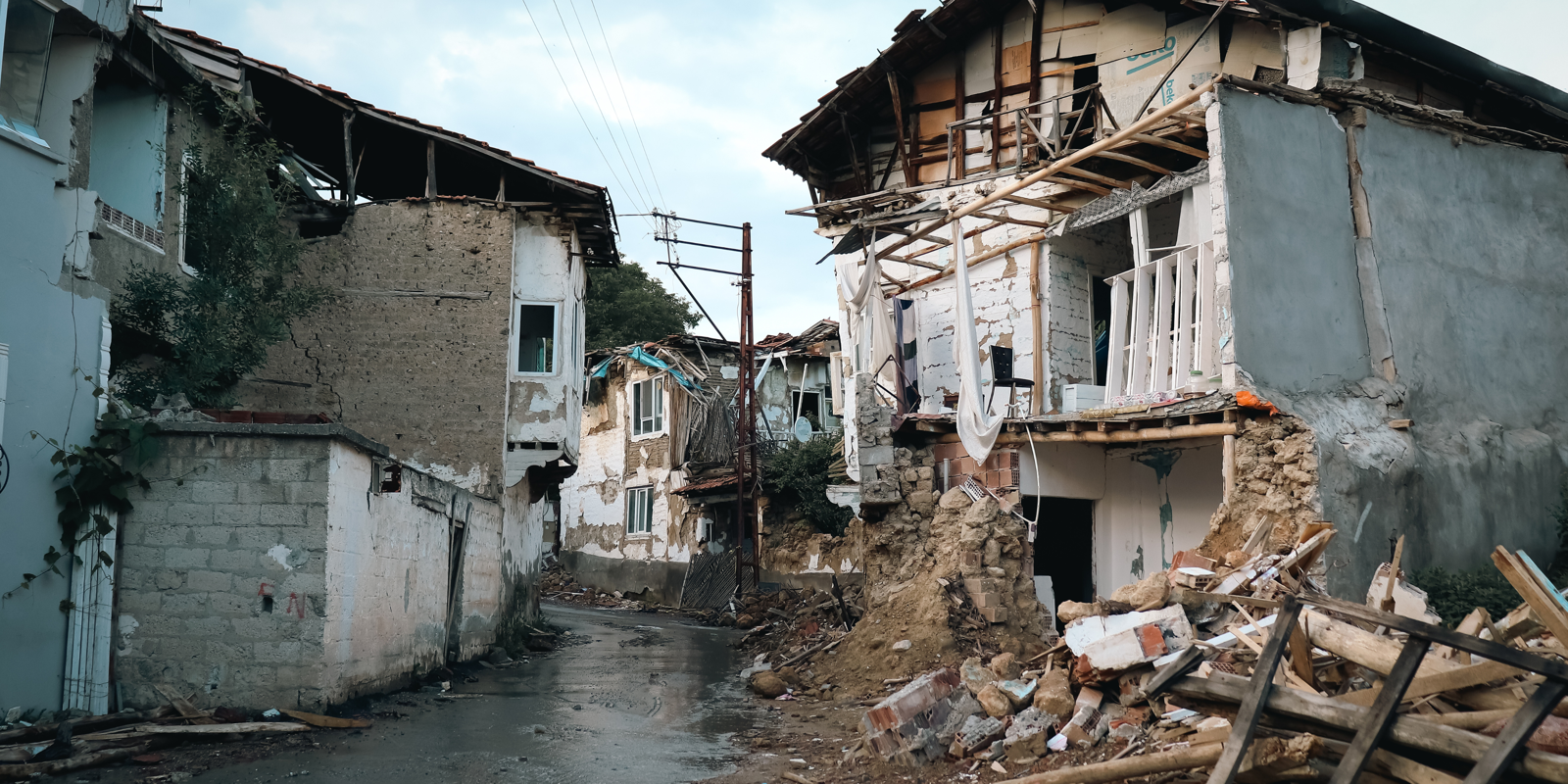
Disaster Risk Management is the structured process that helps organizations find risks and evaluate threats so that they can manage any event that may disrupt operations. It is an essential part of building resilience for every organization, as businesses face many challenges today that range from
Natural disasters
Cyberattacks
Supply chain problems
Building a strong disaster risk management strategies can help a company to effectively during any kind of disaster. Organizations that identify hazards and threats early can reduce vulnerabilities and keep critical functions running during a crisis and they can also recover faster when the event ends.
Why Disaster Risk Management Matters for Businesses
Disasters can cause severe damage without warning. A single event can stop operations and affect the reputation and profits of the company. All organizations will face an unexpected event at some point, regardless of size or industry.
Businesses that invest in disaster risk management training and preparedness strategies can reduce downtime. This helps them ensure that the team can respond quickly and recover efficiently when a crisis occurs.
1. Identify and Assess Potential Risks
The first step in DRM is to understand the risks. Businesses may face threats like floods or earthquakes and they may also face unexpected events, such as industrial accidents or civil unrest.
Leaders must figure out which risks are most important for their business. A hazard and vulnerability assessment shows the weak areas that need attention.
2. Build a Resilient Business Strategy

Businesses need a strategy that ensures they can continue working during a crisis once risks are identified. A focused resilience plan addresses specific threats like securing IT systems or protecting supply chains.
A general resilience plan improves communication and keeps operations flexible during any event. The best approach is to combine both so that the organisation can remain stable in the long term.
3. Develop and Maintain a Disaster Recovery Plan
Some events cannot be avoided, and that is why a disaster recovery plan is critical. A DRP guides the organization step by step to restore operations after an incident occurs. Partnering with disaster recovery consulting services can help develop plans for
IT restoration
Emergency communication
Remote work arrangements
Coordination with vendors
A strong DRP allows the business to recover quickly and reduce financial loss.
Conclusion
Disaster risk management is essential in an unpredictable world. They are ready to face crises with confidence when organizations identify risks, build resilient strategies and maintain clear recovery plans. Businesses that work with experts in disaster recovery and continuity planning can strengthen resilience and protect both people and operations.










Write a comment ...